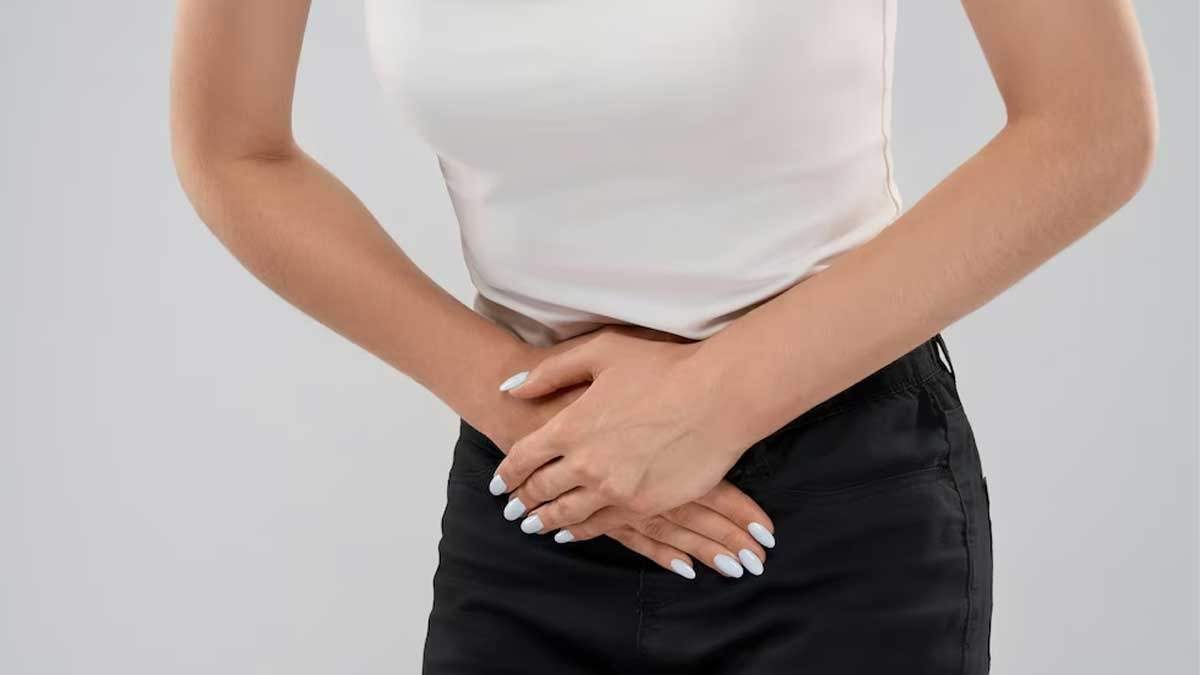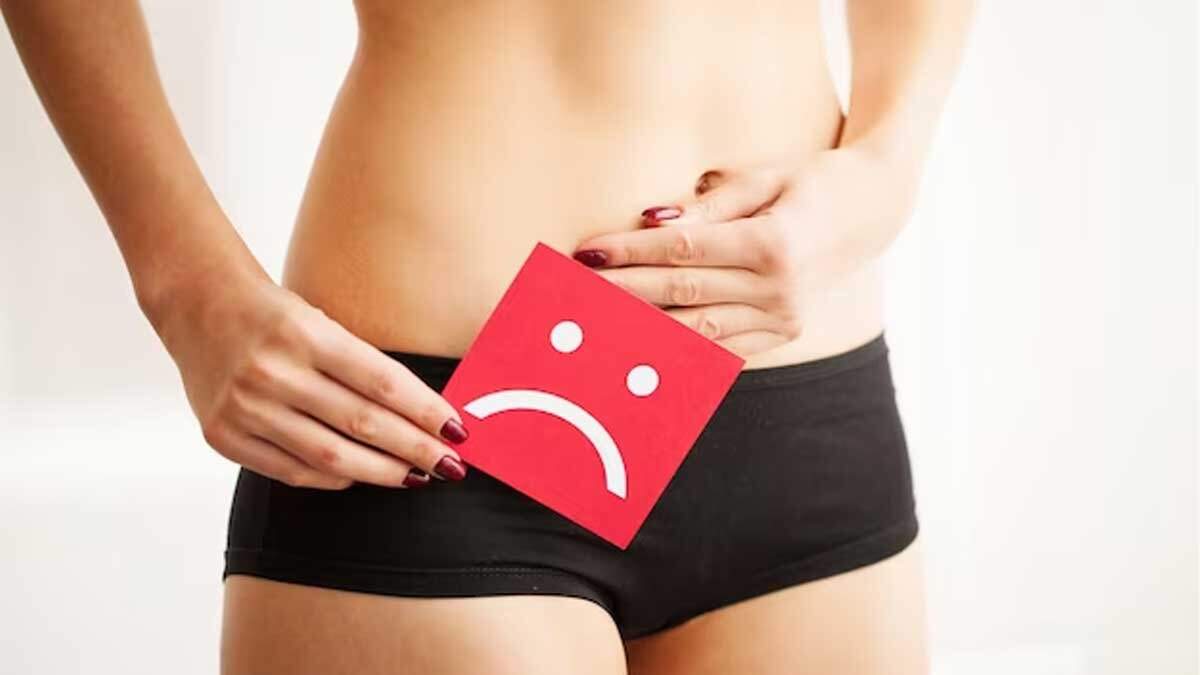Safe Strategies for Dealing with Vaginal Boils: Gynecologist's Guide
Pain in your intimate area can be caused by many reasons. One of the most common and noticeable causes is a pus-filled bump or boil that develops on the skin outside of your vagina. It is popularly known as vaginal boil, but due to its location, the proper term for it is vulvar boil. Given that rashes can be extremely painful and uncomfortable, many people choose to take matters into their own hands and squeeze or pop them open.

Pain in your intimate area can be caused by many reasons. One of the most common and noticeable causes is a pus-filled bump or boil that develops on the skin outside of your vagina. It is popularly known as vaginal boil, but due to its location, the proper term for it is vulvar boil. Given that rashes can be extremely painful and uncomfortable, many people choose to take matters into their own hands and squeeze or pop them open.

What causes vaginal boils?
Vaginal cysts are painful, pus-filled lumps usually caused by Staphylococcus aureus, a bacteria that is present in up to half of all adults, according to StatesPearl Publishing, which adds that about 15% of the population persistently carries the bacteria. Anterior nares, which is the outer part of the nose.
Dr. "Poor hygiene, ingrown hairs or friction during shaving can contribute to infection," Lulla said.
Additionally, these rashes often begin as red, tender bumps and progress to large, painful nodules filled with white or yellow pus.
Should you pop them?
According to the doctor, it is not safe to pop a vaginal or vulvar boil at home.
"Popping can introduce bacteria to the area, leading to infection and potentially making the condition worse," she said. That can cause complications, including scarring or the spread of infection, she said.

Different types of vaginal bumps
- Aside from vaginal rashes and cysts, there are many different types of vaginal lumps that have different symptoms and are accompanied by different symptoms. This includes:
- Ingrown Hair: Usually a solitary hair, appearing in the middle, is less painful and may resolve on its own.
- Pimples or pimples: small, red, with or without whiteheads; Usually not painful; May be associated with hormonal changes.
- Abscess: A round, firm lump under the skin, which may be painless or tender.
- Herpes lesions: Clusters of small, fluid-filled blisters, which in some cases are itchy and accompanied by flu-like symptoms.
- Bartholin's cyst or cyst: Located near the opening of the vagina, it can cause pain during walking or intercourse.
- It is best to consult a healthcare professional for an accurate diagnosis and appropriate treatment.
How to treat vaginal boils safely
Here are some safe treatment options for vaginal boils, including gentle care and in some cases professional medical help.
Apply a clean, warm compress to the affected area for 20 minutes several times a day; This can help reduce pain and encourage drainage.
Maintain good hygiene, but avoid harsh soaps or aggressive scrubbing, as these can irritate the area.
Wear loose-fitting, breathable underwear to prevent chafing and promote healing.
Non-prescription pain relievers can help control pain and inflammation. However, a doctor's advice is highly recommended.
“Seek medical attention if the boil persists, worsens, or develops a fever. A healthcare professional may need to drain the boil or prescribe antibiotics for a bacterial infection,” concluded Dr Lulla.
